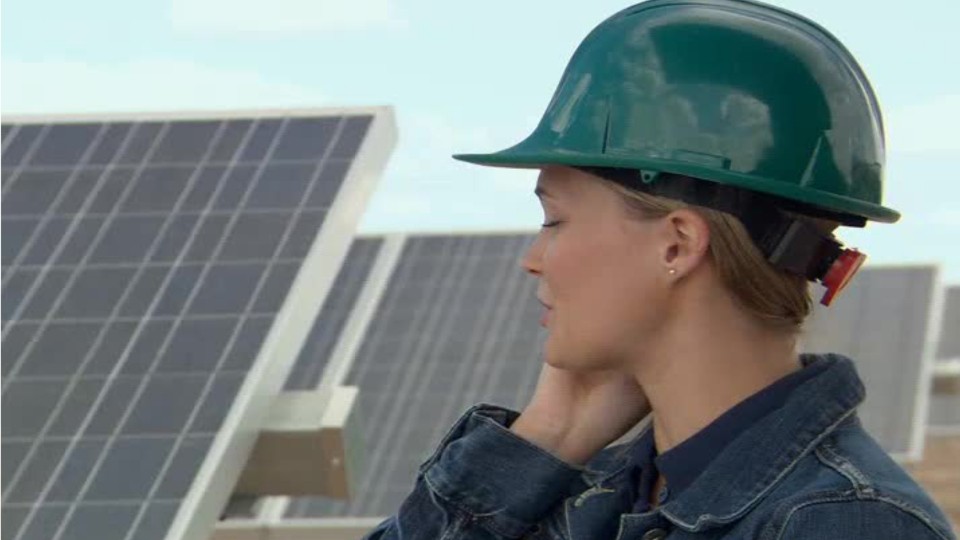Water/Wastewater Engineers
Consulting Engineer, County Engineer, Engineer, Project Development Engineer
What they do:
Design or oversee projects involving provision of potable water, disposal of wastewater and sewage, or prevention of flood-related damage. Prepare environmental documentation for water resources, regulatory program compliance, data management and analysis, and field work. Perform hydraulic modeling and pipeline design.
On the job, you would:
- Provide technical direction or supervision to junior engineers, engineering or computer-aided design (CAD) technicians, or other technical personnel.
- Review and critique proposals, plans, or designs related to water or wastewater treatment systems.
- Design domestic or industrial water or wastewater treatment plants, including advanced facilities with sequencing batch reactors (SBR), membranes, lift stations, headworks, surge overflow basins, ultraviolet disinfection systems, aerobic digesters, sludge lagoons, or control buildings.
Knowledge
Engineering and Technology
- product and service development
- design
Arts and Humanities
- English language
Math and Science
- arithmetic, algebra, geometry, calculus, or statistics
- physics
Business
- management
Skills
Basic Skills
- reading work related information
- thinking about the pros and cons of different ways to solve a problem
People and Technology Systems
- thinking about the pros and cons of different options and picking the best one
- figuring out how a system should work and how changes in the future will affect it
Problem Solving
- noticing a problem and figuring out the best way to solve it
Abilities
Verbal
- communicate by speaking
- communicate by writing
Ideas and Logic
- make general rules or come up with answers from lots of detailed information
- order or arrange things
Math
- choose the right type of math to solve a problem
- add, subtract, multiply, or divide
Attention
- pay attention to something without being distracted
Personality
People interested in this work like activities that include practical, hands-on problems and solutions.
Technology
You might use software like this on the job:
Computer aided design CAD software
- Autodesk AutoCAD Civil 3D
- Autodesk Revit
Presentation software
- Microsoft PowerPoint
Analytical or scientific software
- Minitab
- NIWA Tideda
Education
Education: (rated 4 of 5)
bachelor's degree or
master's degree
usually needed
master's degree
usually needed
Job Outlook
Bright
New job opportunities are very likely in the future.
Explore More
- Brownfield Redevelopment Specialists & Site Managers
- Civil Engineers
- Environmental Engineers
- Petroleum Engineers
- Water Resource Specialists
You might like a career in one of these industries:
See more details at O*NET OnLine about Water/Wastewater Engineers.






